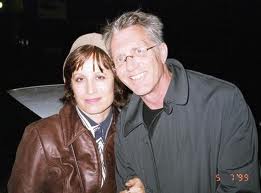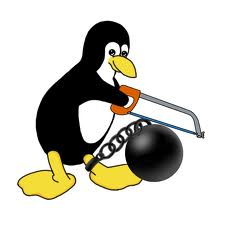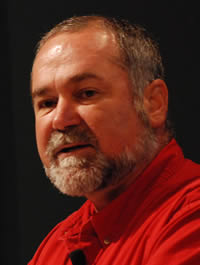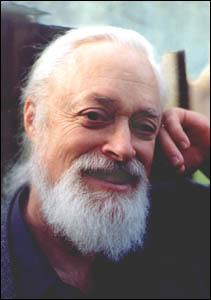
Wikipedia Snap-Shot
Mark Lombardi (March 23, 1951 – March 22, 2000) was an American Neo-Conceptualist and an abstract artist who specialized in drawings attempting to document financial and political frauds by power brokers, and in general “the uses and abuses of power.
Lombardi called his diagrams Narrative Structures.. They are structurally similar to sociograms – a type of graph drawing used in the field of social network analysis, and to a lesser degree by earlier artists like Hans Haacke. Other important influences on Lombardi were philosopher Herbert Marcuse,, and visualization expert Edward Tufte
In Lombardi's historical diagrams, each node or connection was drawn from news stories from reputable media organizations, and his drawings document the purported financial and political frauds by power brokers. For instance, his 1999 drawing George W. Bush, Harken Energy and Jackson Stephens, ca 1979–90 shows alleged connections between James Bath, the Bush and bin Laden families, and business deals in Texas and around the world.
The Essence of Lombardi's Work
The small circles in his drawings identified the main players — individuals, corporations and governments — along a time line. The arcing lines showed personal and professional links, conflicts of interest, malfeasance and fraud.
Solid lines traced influence, dotted lines traced assets and wavy lines traced frozen assets. Final denouements like court judgment, bankruptcy and death were noted in red.
Reading several newspapers a day, he culled his information entirely from published sources, keeping track of the articles with a card file that eventually held over 12,000 cards.
Continue reading “Who's Who in Public Intelligence: Mark Lombardi”





